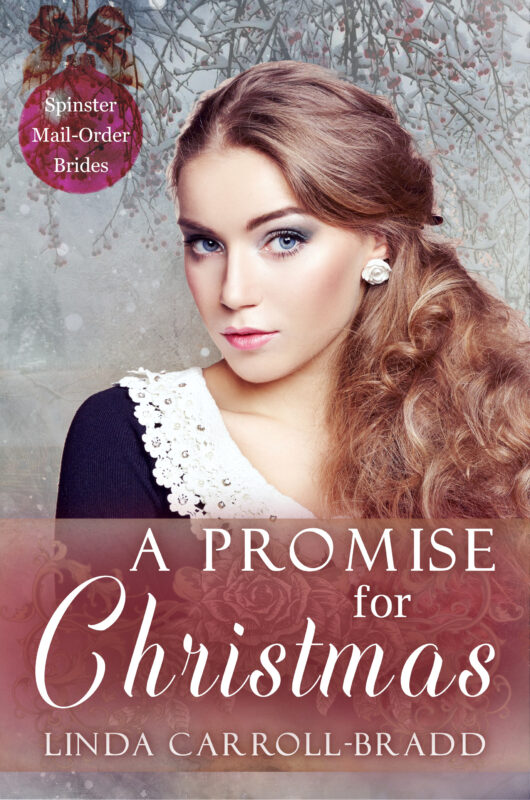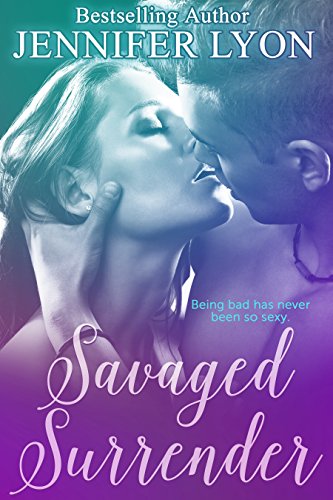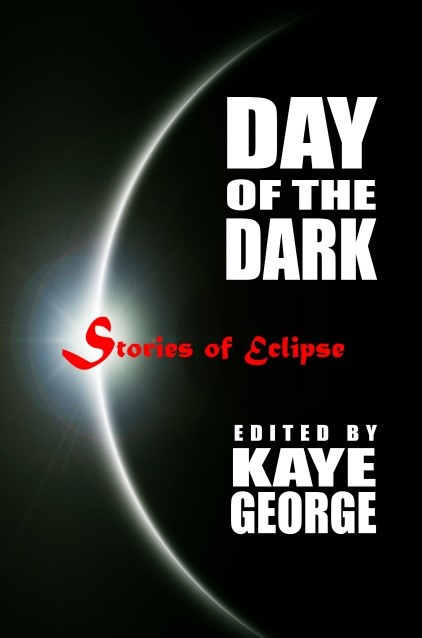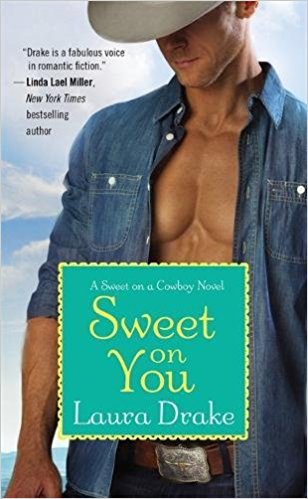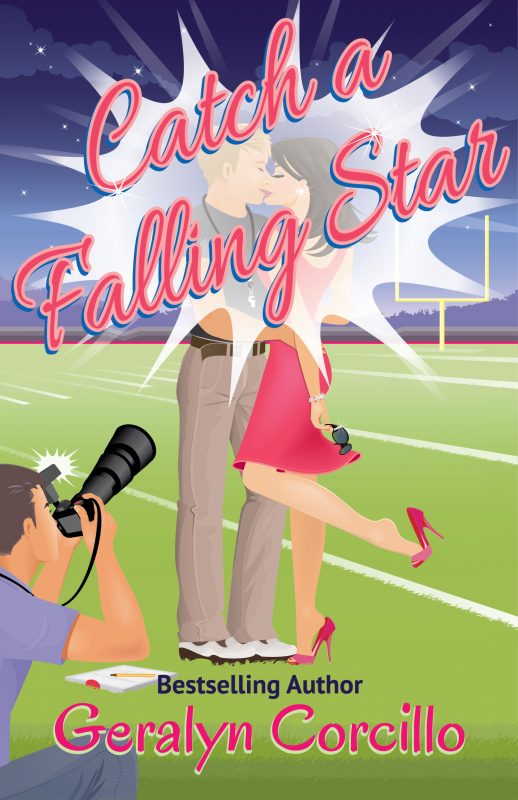Brain Food for Writers by Connie Vines
June 13, 2016 by A Slice of Orange in category Archives tagged as #Cowboys, Brain Food, BWL Ltd., Connie Vines, OCC Blog, OCC Slice of Orange It wasn’t until I completed this blog post that I realized that my title, well. . .carried an unintended double meaning.
It wasn’t until I completed this blog post that I realized that my title, well. . .carried an unintended double meaning.
My featured novella this month — Here Today, Zombie Tomorrow– is a Zombie story. And today’s topic is brain food. Well, brain food for writers, anyway.
On deadline? Obsessed with your current storyline? Forfeiting sleep, exercise, and nutrition to reach the moment you can type the words The End on the final page of your novel?
Here are a list of grazing foods that you can keep on hand. High in protein, easy prep, and tasty.
Single serve, or 5 ounces of nonfat cottage cheese. 3 grams more protein than a typical serving of Greek yogurt.
Hard boiled Egg. No longer shunned due to claims of too high cholesterol, we can enjoy in moderation. You can boil yourself or purchased peeled and packaged at the market.
Peanut butter. Scoop your own or purchase in single packets, smear on a banana or apple slices.
Roasted chickpeas ( I love hummus and falafel). 120 cals per serving, 5 gram of protein and fiber.
To prep yourself rinse and drained chickpeas in a bowl with olive oil. Add chili powder, cumin, salt, and pepper. Oven bake at 425 degrees for 45 mins.
Greek yogurt
Turkey roll ups. Nitrate free deli turkey breast with a squirt of mustard, a slice of tomato, and some lettuce. Add red pepper slices and baby carrots. Roll and store in a plastic container or foil.
Hummus. Made from chickpeas, tahini, and olive oil, hummus is a healthy mix of protein and fiber. Use it as a dip for carrots, tomatoes, red pepper, and cucumber slices,
100-calorie almond packets.
String cheese.
Happy Writing & Reading.
Connie
0 0 Read moreDear Diary by Connie Vines
February 13, 2016 by A Slice of Orange in category Archives tagged as #Cowboys, Confessions, Dear Diary; Connie Vines, OCC Blog, OCC Slice of OrangeIt wasn’t I until experienced a seven-hour power-outage during a rainstorm on Sunday that I really pondered the world before electricity.
With the rain and cloud-cover, it was very, very dark and icy cold. I could actually see the alignment of the five planets quite clearly. For those familiar with the southern California skyline, you know that we cannot see the constellations or planets unless we drive to Palm Springs, the mountains, or the high desert. So, combined with the exceptionally cold temperatures and wind chill factor, and an inability to prepare a meal inside my kitchen, I felt as if I plopped into the center of one of my historical novels.
This is what had me ponder the act of writing in a diary.
I hadn’t read a diary (except for research purposes in years).
As a teen or pre-teen, you probably received a diary as a birthday gift or a Christmas present. I know I did. The diary with a lock (which anyone, on a whim, could pick) and a key. At first, my entries were made daily, then weekly, then, seldom at all. Later, the diary evolved into journaling for a writing class, or jot down events, or milestone in my toddler’s life. Now I have a journal app on my iPad that I often use for notes and thoughts about my novels points.
None of scribbles in my journals were as emotionally purging or filled with day-to-day angst of a teenager’s life.
Why? I believe because most my of my journaling was via the keyboard.
Scientific studies prove the act of pen to paper stirs creative thoughts.
While I have no real interest in keeping a detailed diary for myself
What about fictional characters? Do you ever have your fictional characters write a diary?
That is when I recalled my salad days are a writer.
When I starting writing fiction and non-fiction for the magazine market. I published in “Jr. Medical Detective†and “Humpty Dumptyâ€. In my article, “A Candle in the Dark†(still available as part of the Thomas Gale Education Series), my heroine, Sarah kept a diary. The story dealt with the Salem Witchcraft Trials. I found the diary to be a very effect plot device. It was also a good way to give the reader information without using a backstory to interrupt the flow of my story.
What are you feelings about diaries in a novel?
Are there diaries you’ve read you found of interest or diaries that change how you viewed the world?
Why is it a good idea to have a diary in your storyline?
Fictional characters are forced by their authors to carry the story (the process of the narrative). At the most basic level the diary gives you a first-person narrative without the protagonist knowing what is going to happen.
The use of diaries in novels of the past.
Pamela (1740) by Samuel Richardson is usually described as an epistolary novel. However, our heroine also writes a journal, and then sews it into her underwear for secrecy.
Wuthering Heights (1847) by Emily Brontë has a skeletal framework of a diary: “I have just returned from a visit to my landlord. . .Yesterday afternoon set in misty and cold.†Mr. Lockwood will learn about true emotion day by day as he finds out and writes down the story of Heathcliff and the Earnshaws.
Bridget Jones’s Diary (1996) by Helen Fielding is well known to be based on the plot of Pride and Prejudice.
The more I ponder the use of a diary in my next novel, the more I warm to the idea.
I have my favorite pen and I also have turquoise Martha Stewart premium journal I received as a gift for Christmas. While there isn’t a lock and key, there is an elastic band to keep the journal closed. There is also a fabric bookmark so that I may keep my place.
I can picture myself writing today’s date, time, and my first entry. . .Dear Diary.
Happy Reading,
Connie
Connie’s books
Creating the Perfect Environment for Your Writing by Connie Vines
November 13, 2015 by A Slice of Orange in category Archives tagged as #amwriting, #Cowboys, Amazon, BWL Ltd., Cajun Romance, Connie Vines, Kindle, OCC/RWA, Rodeo Romance, romance, romance writingDo you know what you need from your environment in order to write?
If not, it is time to find out.
Our physical surroundings are immensely important to our writing process.
Far more important than most people think.
We cannot work if we are distracted, annoyed, or constantly interrupted. We need to feel inspired and comfortable in our surroundings in order to be creative.
If your home office is cluttered with papers, laundry, and stacks of research materials, it is not the right place to write.
The mess might distract you and make you miserable, because it sends a signal about the kind of work environment you think you deserve.
It is just as bad if your office is empty. Writers work best in a creative atmosphere.
If inspiration disappears when you sit down to write you must reassess your surroundings.
Sometimes removing the clutter and reorganization of your work area will do the trick. Other times, you need a more drastic approach.
Create a Place to Thrive.
I need privacy to work on big projects like a novel. My Pandora app on my iPhone and my BOSE speaker create the perfect blend of music that centers me in my storyline. New Orleans Jazz now, but it was country and western when I was writing my rodeo romance. As a rule, I type or dictate to my computer while writing, but I keep a pen and composition book close by to make notes.
Do You Feel Inspired in Your Writing Place?
If not, what do you need to do to make your workspace inspirational?
Perhaps you are a writer who must have activity all around, all the timeР24/7. Since my day job is at a middle school, I am unable to relate to such a need. However, the library caf̩, coffee shop, or park picnic table may be your perfect writing place.
Ditch the Distractions.
Television blasting, cell phone ‘pings’, Facebook alert messages, the must ‘do list’ at the corner of your desk, all must be out of sight. I must have all other work in progress or notes on future projects in my filing cabinet. If I have my notes visible, I am excessively tempted to work on this project too.
Make Your Writing Workspace Beautiful.
Sit on a quality chair, fresh flowers (or display your roses from OCC), candles, a window, favorite mug, favorite pen. Any item that makes you spend more time in your writing space. What makes you happy?
Of course, a tailor-built writing space, or even a room dedicated as your office, is not always possible. Be creative. Find your personal writing space.
Remember the quickest way to writing success is sitting down and making it happen.
Happy Writing!
Connie Vines
 |
| Coming Soon from BWL |
Pets and Assorted Animals in Stories. Love ‘um or Not? By Connie Vines
September 13, 2015 by A Slice of Orange in category Archives tagged as #Cowboys, #pets-in-your-story, #Rodeo Romance #the writing processAffiliate Links
A Slice of Orange is an affiliate with some of the booksellers listed on this website, including Barnes & Nobel, Books A Million, iBooks, Kobo, and Smashwords. This means A Slice of Orange may earn a small advertising fee from sales made through the links used on this website. There are reminders of these affiliate links on the pages for individual books.
Search A Slice of Orange
Find a Column
Archives
Featured Books
DAY OF THE DARK
A recipe for disaster: take one total solar eclipse, add two dozen spine-chilling mysteries, and shake the reader until the world ends in Day of the Dark!
More info →CATCH A FALLING STAR
A TV star tells the paparazzi she's engaged to a high school football coach, but she doesn't tell him … because she barely even knows him.
More info →Newsletter
Contributing Authors
Search A Slice of Orange
Find a Column
Archives
Authors in the Bookstore
- A. E. Decker
- A. J. Scudiere
- A.J. Sidransky
- Abby Collette
- Alanna Lucus
- Albert Marrin
- Alice Duncan
- Alina K. Field
- Alison Green Myers
- Andi Lawrencovna
- Andrew C Raiford
- Angela Pryce
- Aviva Vaughn
- Barbara Ankrum
- Bethlehem Writers Group, LLC
- Carol L. Wright
- Celeste Barclay
- Christina Alexandra
- Christopher D. Ochs
- Claire Davon
- Claire Naden
- Courtnee Turner Hoyle
- Courtney Annicchiarico
- D. Lieber
- Daniel V. Meier Jr.
- Debra Dixon
- Debra H. Goldstein
- Debra Holland
- Dee Ann Palmer
- Denise M. Colby
- Diane Benefiel
- Diane Sismour
- Dianna Sinovic
- DT Krippene
- E.B. Dawson
- Emilie Dallaire
- Emily Brightwell
- Emily PW Murphy
- Fae Rowen
- Faith L. Justice
- Frances Amati
- Geralyn Corcillo
- Glynnis Campbell
- Greg Jolley
- H. O. Charles
- Jaclyn Roché
- Jacqueline Diamond
- Janet Lynn and Will Zeilinger
- Jaya Mehta
- Jeff Baird
- Jenna Barwin
- Jenne Kern
- Jennifer D. Bokal
- Jennifer Lyon
- Jerome W. McFadden
- Jill Piscitello
- Jina Bacarr
- Jo A. Hiestand
- Jodi Bogert
- Jolina Petersheim
- Jonathan Maberry
- Joy Allyson
- Judy Duarte
- Justin Murphy
- Justine Davis
- Kat Martin
- Kidd Wadsworth
- Kitty Bucholtz
- Kristy Tate
- Larry Deibert
- Larry Hamilton
- Laura Drake
- Laurie Stevens
- Leslie Knowles
- Li-Ying Lundquist
- Linda Carroll-Bradd
- Linda Lappin
- Linda McLaughlin
- Linda O. Johnston
- Lisa Preston
- Lolo Paige
- Loran Holt
- Lynette M. Burrows
- Lyssa Kay Adams
- Madeline Ash
- Margarita Engle
- Marguerite Quantaine
- Marianne H. Donley
- Mary Castillo
- Maureen Klovers
- Megan Haskell
- Melanie Waterbury
- Melisa Rivero
- Melissa Chambers
- Melodie Winawer
- Meriam Wilhelm
- Mikel J. Wilson
- Mindy Neff
- Monica McCabe
- Nancy Brashear
- Neetu Malik
- Nikki Prince
- Once Upon Anthologies
- Paula Gail Benson
- Penny Reid
- Peter Barbour
- Priscilla Oliveras
- R. H. Kohno
- Rachel Hailey
- Ralph Hieb
- Ramcy Diek
- Ransom Stephens
- Rebecca Forster
- Renae Wrich
- Roxy Matthews
- Ryder Hunte Clancy
- Sally Paradysz
- Sheila Colón-Bagley
- Simone de Muñoz
- Sophie Barnes
- Susan Kaye Quinn
- Susan Lynn Meyer
- Susan Squires
- T. D. Fox
- Tara C. Allred
- Tara Lain
- Tari Lynn Jewett
- Terri Osburn
- Tracy Reed
- Vera Jane Cook
- Vicki Crum
- Writing Something Romantic
Affiliate Links
A Slice of Orange is an affiliate with some of the booksellers listed on this website, including Barnes & Nobel, Books A Million, iBooks, Kobo, and Smashwords. This means A Slice of Orange may earn a small advertising fee from sales made through the links used on this website. There are reminders of these affiliate links on the pages for individual books.









